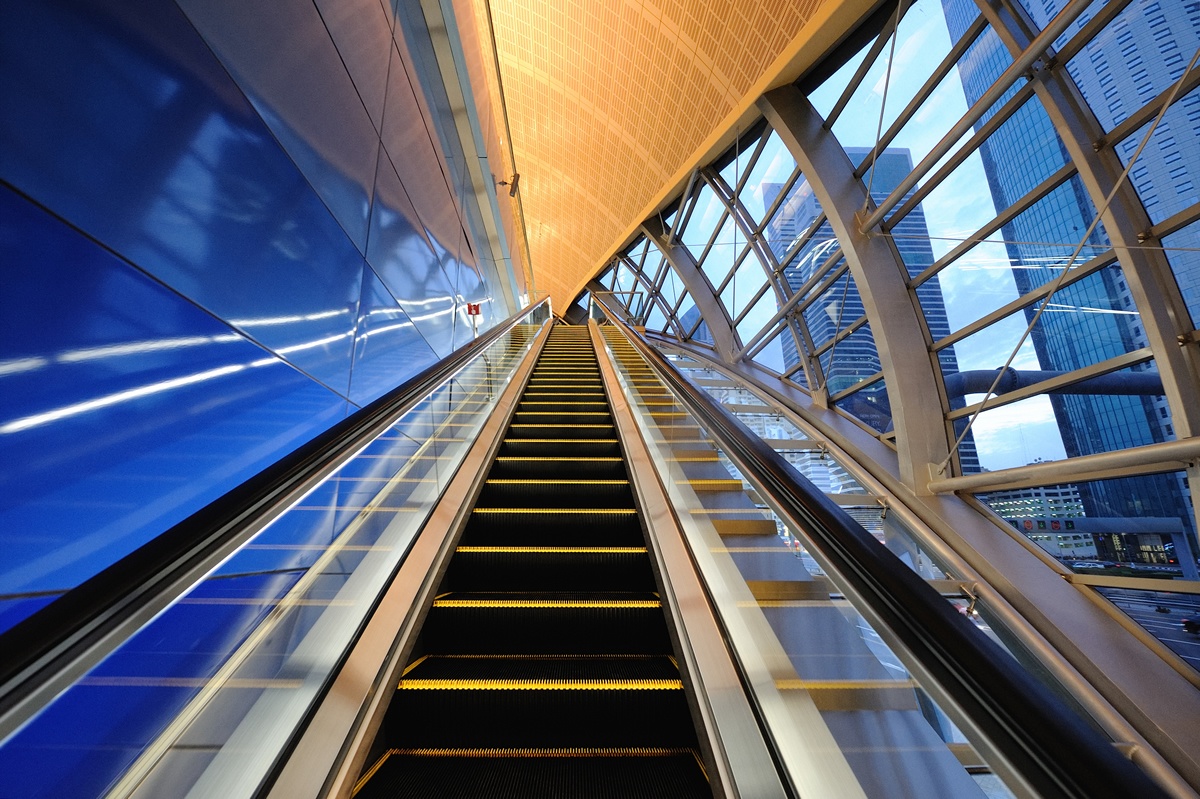19 Aug Structures And Infrastructures: Expo’s Real Heritage.
The Influence Of The World Fair On The Socio-economic Reality Of A City And A Country Can Be Assessed On The Basis Of The Structures And Infrastructure Built To Cater For The Event, Which Constitute The Real Material Legacy Of The Event.
Generally These Are Improvements In The Road System And New Transportation Methods, As Well As Buildings, Installations And Monuments That, Over Time, Represent Indelible Marks, Embedded In The Collective Memory. In Fact, Many Fairs Have Left As A Legacy To The Host City Works So Appreciated They Have Become True Symbols Over The Years.
The Examples Are Many And Varied: The Celebrated Eiffel Tower In Paris, Which Was Built For The 1894 Expo And Became The Symbol Of A Nation, Or The Oceanarium Of Lisbon (expo 1998). Traces Of World Fairs In Italy Can Be Found In Genoa, With The Famous Aquarium (expo 1992). Furthermore, Not Many People Know That The Eur District In The Capital Was Built By Mussolini For The Universal Exposition Of Rome – Of Which Eur Is The Acronym – Of 1942, To Be Then Improved And Integrated On The Occasion Of The 1960 Olympics, With The Construction Of The Velodrome And The Sports Hall.
To Investigate The Economic Impact Of A Great Event Such As The Universal Exposition – As Is The Case For Olympics Or A World Cup – However, It Does Not Suffice To Focus On The Immediate And Direct Effects That The Great Event Entails, But It Is Useful To Understand, Observing On A Larger Horizon, The So-called “legacy” Effects. One Should Therefore Understand The Heritage Left By The Event, In Terms Of Infrastructure, Entrepreneurial Spirit And Effects On Demand, Both Domestic And Foreign.
These Effects Are Divided Into Tangible And Intangible. For The Milan 2015 Expo, A Study By Certet Estimates An Initial Investment For Building The Infrastructure Equal To 12.5 Million Euro: Of Which Almost 2 Million To Build And Erect Structures On The Expo Site And The Remainder To Construct Works Connected With Expo, Which The General Public Will Benefit From Over Time.
These Include Construction Of Two More Underground Lines (the M4 Will Not Be Ready Before 2020, While The M5 Has Already Been Active Since The End Of April), In Addition To The 3 Existing Ones, As Well As The Construction Of Motorway Routes Such As And The A36 (the Pedemontana, To Also Connect The Milan Malpensa Airport To The Bergamo Orio Al Serio One). The Estimates Lead To Significant Optimistic Forecasts, Both In Terms Of Production And Gdp At National Level. This Would Result In An Increase In Added Value Equal To About 30 Million Euro, 75% Of Which Would Stem Exactly From The New Infrastructure.
With Regards To The Second Type Of Effects, The Intangible Ones, These Do Not Appear As Material Structures And Infrastructures And That Is Why They Are Harder To Be Economically Estimated. These Are Long-term Effects – Arising From The Improvement Of The Urban Areas From The Aesthetic And Infrastructural Point Of View – And From Strictly Media Aspects, Through The Increased Visibility Of The City Hosting The Event.
Entire Urban Cores, Districts And Communities Are Transformed To Host The Event, Thus Making Them More Attractive, Especially From A Tourist’s Point Of View. That Is The Case Of The Olympic Games In Barcelona, Which Is Today Acknowledged As One Of The Most Popular Tourist Destinations, Or Vancouver After The 1986 Expo Which Led, In The Five Years After The Great Exhibition, To An Average Annual Growth Rate In Tourism Of 5.4% In The British Columbia Province. The Heritage Left By Expo Today Is Not Only Analysed From The Infrastructural Point Of View, But Also According To A Future Exchange Of Goods And Human Capital Between Countries.
That Is Why It Is Useful To Interpret The Even With An Eye To The Future, As The Basis For A Region’s Future Development And Success. An Event Such As Expo Brings A Number Of Advantages, Such As:
- Creation Of New Enterprises (it Is Estimated There Will Be 4588 New Enterprises In Lombardy, With A Prevalence Of Construction Firms. Many Of Them Will Continue Being Active Even After The End Of Expo 2015, Adapting Their Offer According To The Needs);
- Attracting Foreign Investments (better Infrastructure And Better Visibility Of The Italian Production Chain For Possible Foreign Investors);
- Increase In Tourist Demand (promotion Of The City’s And National Brand);
- Effects On The Estate Sector (increase In The Value Of Property, Both As The Effect Of New Constructions, And Due To The Increased Tourist Attractiveness. This Will Make Property Owners Wealthier And More Willing To Spend).
Italy’s Challenges Start Exactly Here: From The Great Opportunities All The Prerequisites Are In Place To Repeat Barcelona’s Experience, Avoiding The Risk Of Turning The Expo Site In A Temporary Parenthesis With Poor Follow Ups. Most Certainly, What Is Set To Remain Is The Bonus Of The Region’s Attractiveness, Obtained Exactly Thanks To The Many New Infrastructures, Which Will Need To Be Leveraged After The Event To Improve The Country’s Economy.



Sorry, the comment form is closed at this time.